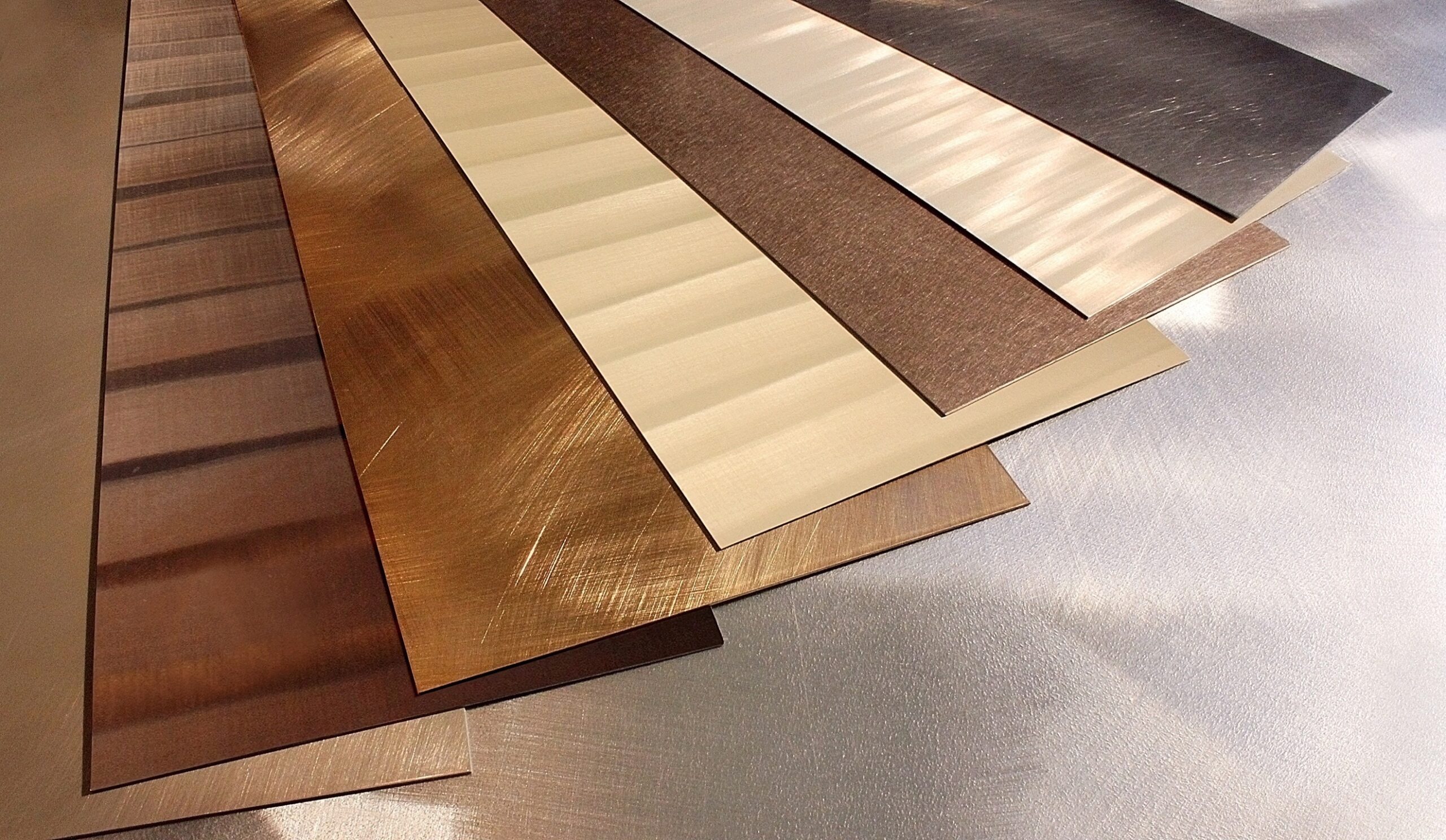Welcome to this article, where we will explore the applications of the mica sheet together. As an important insulating material, mica sheet is crucial in various industries. Whether it’s a rigid mica sheet or flexible soft mica sheet, they both have unique characteristics and advantages. These particular points make them essential components in many engineering projects.
This article will delve into these two types of mica sheets. We will introduce their features, application areas, and how to choose the right type to meet your needs. Let’s uncover the mystery of these rigid and flexible insulation materials together!
Features and application fields of Mica Sheet:
In this part, we will introduce these two types of mica sheets’ features and application areas. The reason to combine these two features is that you can better understand why they can be used in those fields. At the same time, I will also tell you the thickness range of most mica boards.
Type of Rigid Mica Sheet
The general size and thickness of rigid mica sheets can vary according to specific needs. But here are some common general size thickness ranges for your reference:
∙€Thin Rigid Mica Sheets: 0.1mm to 0.3mm.
∙€Medium Thick Rigid Mica Sheet: 0.3mm to 1.0mm
∙€Thick rigid mica sheet: above 1.0mm
Rigid Mica Sheet Features
Rigid Mica Sheet is a hard material made of high-purity mica sheets. It has following features:
∙€High temperature resistance:
Rigid mica sheets can operate at extremely high temperatures for extended periods. Typically, rigid mica sheets can withstand temperatures up to 1000°C.
Usually, its tolerance temperature is affected by the following factors: 1. The material quality of the mica sheet. The better the quality, the higher the temperature tolerance. 2. The thickness of the mica sheet. Generally, the thicker mica sheet has a higher tolerance temperature than the thinner one. 3. The environment of use. Different use environments will lead to corresponding changes in the tolerance temperature of the mica sheet.
∙€Excellent electrical insulation performance:
The structure of the rigid mica sheet is composed of layered silicate minerals. These minerals are arranged in a stack of layers, each connected by weak chemical bonds. This structure enables the rigid mica sheet to effectively prevent the current flow under an electric field’s action. The gaps between the mineral layers in the layered structure can also hinder the movement of charges, thus providing good insulating properties. At the same time, due to these weak chemical bonds, the rigid mica sheet can withstand high electric field strength without breakdown.
Second, the chemical properties of a rigid mica sheet determine its insulating properties. Tough mica flakes have low hygroscopicity for water and most solvents. This means that it maintains stable insulating properties even in wet environments. In addition, it has low electrical conductivity and hardly conducts electricity, so it can effectively prevent the flow of electric current. This makes it a commonly used insulating material in high-voltage equipment and circuits.
∙€Good mechanical strength:
The mechanical strength and rigidity of rigid mica sheets are relatively high. It is able to resist a certain degree of external force and extrusion. But the exact level of mechanical strength and rigidity depends on factors such as the thickness of the rigid mica sheet, the quality of the material, and the manufacturing process.
In general, rigid mica sheets are stacked from multiple layers of mica sheets. It is also because of this layered structure that endows it with high mechanical strength. The strength of rigid mica sheets can usually meet the general application requirements, such as the support of electrical equipment, the protection of heat insulators, etc.
But, it should be noted that the mechanical strength and rigidity of rigid mica sheets are not as high as metal or some engineering plastics. Therefore, excessive force application and excessive bending need to be avoided in the application. The main thing is to ensure the integrity and stability of the rigid mica sheet.
Rigid Mica Sheet Applications
There are many different industries and products that can benefit from their properties. Here are some industry and specific product examples:
∙€Electronics industry:
Mica sheets are widely used in electronic equipment. Such as circuit boards, insulating gaskets and battery isolators. They have excellent insulating properties and high temperature resistance, which can effectively protect electronic components.
∙€Heating devices:
Mica sheets can make heating elements such as thermistors, thermocouples and heating cables.
∙€Chemical industry:
For example, they can be used to make insulating gaskets for chemical reactors, and sealing gaskets for containers and pipes.
∙€Combustion equipment:
Mica sheets can also be used to make refractory gaskets for combustion equipment. They can withstand high temperatures and flames, providing good thermal insulation in appliances such as boilers, furnaces and gas ranges.
∙€Automobile industry:
Mica flakes are widely used in automobile engines and exhaust systems. They are used as insulating spacers to prevent heat transfer and reduce noise.
Next, let’s get to know the flexible soft mica sheet.
Type of flexible soft mica sheet
Here, we still classify it according to its thickness.
∙€Thin flexible soft mica insulation sheet: 0.05mm to 0.5mm
∙€Medium-thick flexible soft mica insulation sheet: 0.5mm to 1.5mm
∙€Thick flexible soft mica insulation sheet: usually in the thickness range of 1.5mm or more
Flexible Soft Mica Sheet Features
There are some differences in performance between flexible mica sheets and solid mica sheets. Here are the main differences between them:
∙€Elastic properties:
Flexible mica insulating sheet has good flexibility and elasticity, can be bent and yielded. So it is suitable for applications that require bending or variable shape. The strong mica sheet is more brittle when bent, not flexible and elastic.
∙€Thermal insulation performance:
Flexible mica insulation sheets generally have low thermal conductivity. So it can provide better thermal insulation performance. This makes them suitable for applications where resistance to heat transfer is required. In contrast, a solid mica sheet may be slightly higher in terms of heat transfer.
∙€Operating temperature range:
Flexible mica sheets usually have a lower operating temperature range, generally below 200°C.
The strong mica sheet can withstand higher temperature, usually can reach more than 1000 ��. This makes strong mica sheets more suitable for applications in high temperature environments.
Conclusion:
At this point, you can probably understand the difference in the application between the two types of mica sheets.
Flexible mica sheets are often used in applications that require bending, folding, or changeable shape. Such as cable insulation, electrical insulating spacers and flexible heating elements. Rigid mica sheets are more suitable for applications that require higher temperature resistance and structural stability. Such as high temperature heat insulation, electronic equipment insulation and refractory gaskets, etc.
In general, flexible mica sheets and strong mica sheets differ in performance and application. According to specific needs and application scenarios, choosing the appropriate type of mica sheet can ensure the best performance and effect. You can contact us to know more mica knowledge.





























